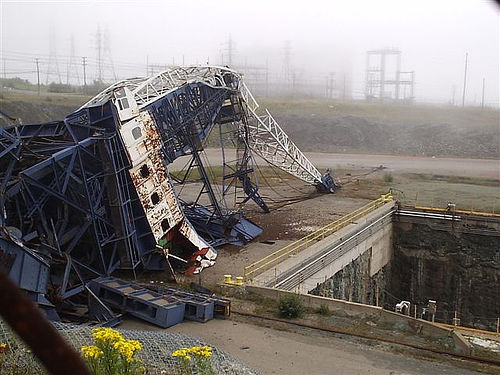The recent promise made by Justin Trudeau concerning his intention to scrap the F-35 as Canada’s replacement to the Air Force’s CF-18s held a silver lining for the Navy, as Trudeau committed all resultant savings to bolstering the government’s ambitious National Shipbuilding Procurement Strategy (NSPS).
It’s no secret that building the Navy’s warships here at home will be an expensive project. Many have repeatedly made the point that construction of the hulls could have been farmed out to an international shipyard and built for far less. But there are advantages to spending more money here at home as opposed to spending less outside the country. Halifax is already feeling the benefits of job growth, and many young people – instead of hitting the well-trodden trail outside the Province of Nova Scotia to find work – are now starting to feel as though there may be opportunities closer to home.
Saying that, there are plenty of other reasons Canadians will find fault with the government over the NSPS; it’s just what we do. The National Post recently referred to the program as “slow, costly, mired in controversy and skewed beyond recognition by political considerations.”
And although we may celebrate the new jobs where Maritimers find themselves welding steel and cutting pipe, how sustainable is that work? What happens when the flurry of activity begins to slow, as the last of the new Royal Canadian Navy ships enter service?
That’s the million-dollar question. What happens to the shipbuilding industry on Canada’s East and West coasts when that massive infusion of government money is finally exhausted? Will industry have been propped up enough during that time to stand on its own?
An old paper authored by Vice Admiral (Ret’d) Peter Cairns for the Navy League of Canada and presented in Washington, D.C. some 16 years ago leads one to believe that government support for shipbuilding needs to be consistently applied. Historically, throwing cash, no matter how much, and then leaving the shipbuilding industry to its own devices is a recipe for, well… Canada’s present situation.
Cairns illustrated his point with one poignant example: “Sir Robert Atkinson, former chairman of British shipbuilding [sic] presented a paper on the demise of British shipbuilding which in the last 50 years has seen its market share go from 40% to less than 1.4%. His key point was that, without government support, shipbuilding cannot survive in any country.”
At that time, Cairns was arguing for a national shipbuilding policy. This shouldn’t be confused with a plan to build ships. A clear policy is what will direct the Canadian shipbuilding industry to global export opportunities, to survival.
The Canadian government has thrown a lot of money in the pot… but these days, the shipbuilding industry is realizing that it can’t depend strictly on leadership from rotating government priorities and political parties to “save” it from an uncertain future. That must come from within.
Time will tell if it pays off.
http://rightcrowdevents.com/events/defence/vanguard-shipbuilding-technology-forum-2015/


Comments are closed.